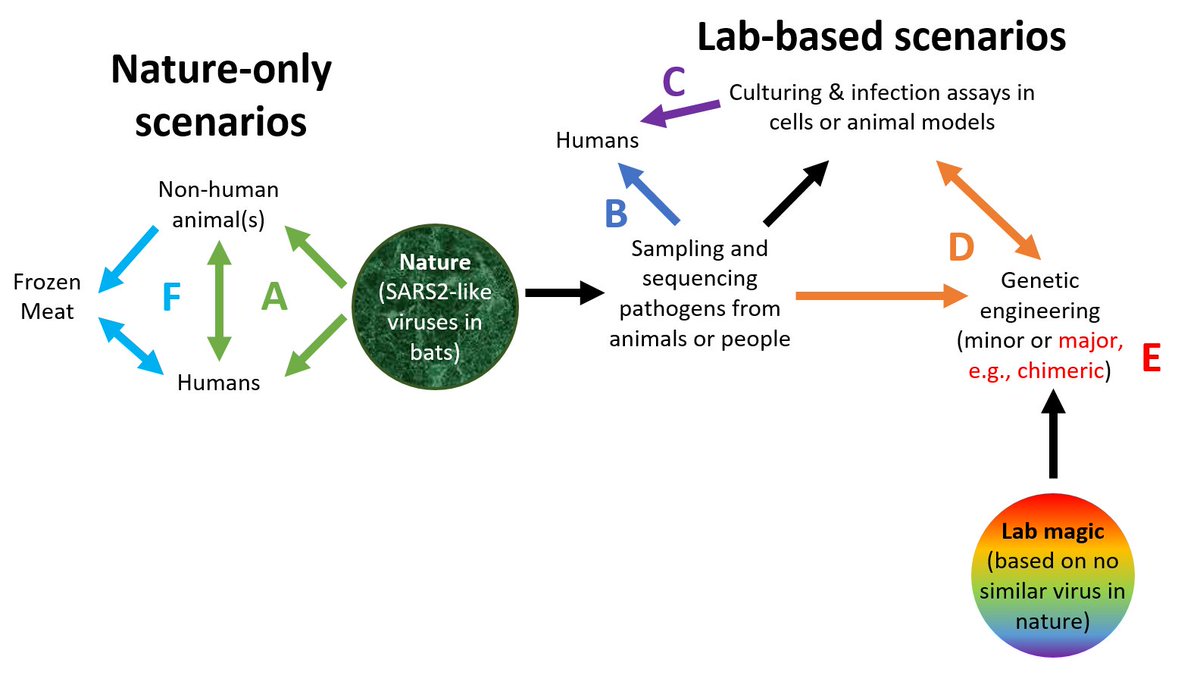
We don't know when the WHO-China report on the origins of covid-19 will drop. Maybe in the next week. Maybe the week after. Maybe next month.
Their interim report was supposed to have been released in February.
These are basics journalists should ask...
Their interim report was supposed to have been released in February.
These are basics journalists should ask...
Who is on the team?
"The joint international team comprise 17 Chinese experts and 17 international experts from ten other countries."
Who are these experts and do they have reasonably perceived conflicts of interests?
who.int/publications/m…
"The joint international team comprise 17 Chinese experts and 17 international experts from ten other countries."
Who are these experts and do they have reasonably perceived conflicts of interests?
who.int/publications/m…
What data did the team have access to?
Based on this access, which origins hypotheses could they have even possibly have studied properly?
We know they were not even able to access the original, full data on early cases or suspected early cases.
Based on this access, which origins hypotheses could they have even possibly have studied properly?
We know they were not even able to access the original, full data on early cases or suspected early cases.
https://twitter.com/Ayjchan/status/1362740997936005123
If the team is going to pursue supply chains from South China and even SE Asia, possibly implicating frozen foods #PopsicleOrigins, do they have any actual well-documented, independently verifiable evidence that people can catch coronavirus from frozen meat?
Do they have access to the data describing those thousands of SARS2-negative animal samples across 31 provinces in China?
How can we explain that no original animal source in China has tested positive for SARS2?
Where and what has been tested?
who.int/publications/m…
How can we explain that no original animal source in China has tested positive for SARS2?
Where and what has been tested?
who.int/publications/m…
If the WHO-China team only has the powers to investigate #PopsicleOrigins with a focus on frozen meat being shipped from outside of China - just make it clear that they don't have the ability to investigate lab origins or even natural spillover within China #MojiangMiners
• • •
Missing some Tweet in this thread? You can try to
force a refresh




